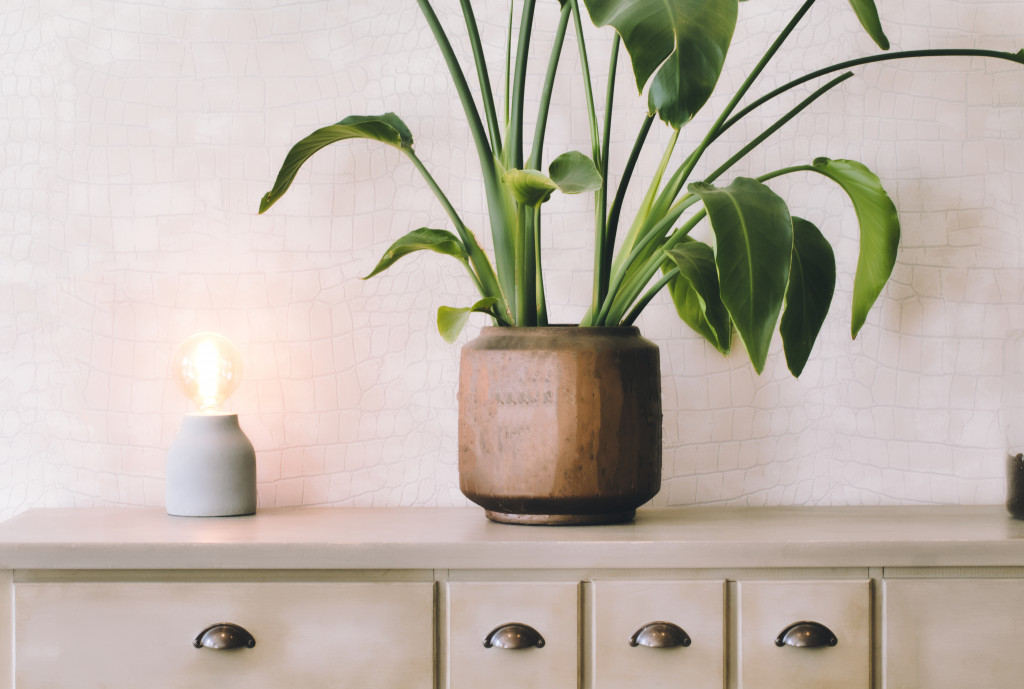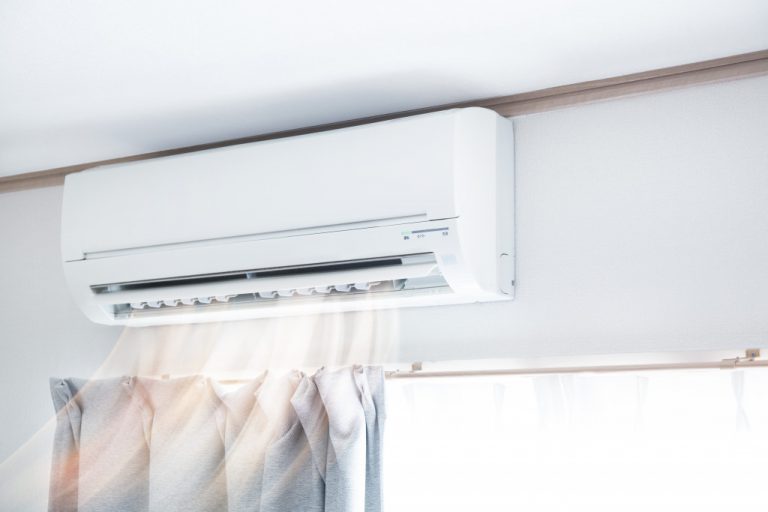Good indoor air quality is essential for homeowners because it keeps them and their families healthy. According to the EPA, indoor air pollution can be up to five times more concentrated than people experience outside. It can be bad news for your health, as studies show that poor air quality can lead to various respiratory problems, including asthma and other allergies.
Homeowners must maintain good indoor air quality because of its many benefits. One is that it cuts down on the dust in your home. Dust mites are one of the most common triggers for asthma attacks, so by reducing the dust in your home, you can help reduce the number of asthma attacks. Good air quality also helps reduce the risk of other respiratory illnesses, such as bronchitis and pneumonia.
To improve indoor air quality, homeowners should take some simple steps. Here are a few tasks to consider when trying to improve the atmosphere in your shelter.
Proper Ventilation
Windows are essential for bringing fresh air and natural light into your home. However, not all windows get created equal when it comes to ventilation. Some windows allow more airflow than others, so placing them strategically is essential to ensure good air circulation.
Windows that face north or east are ideal for bringing in the fresh air, as they get a lot of sunlight and allow for cross-ventilation. Winds facing south or west should get avoided, as they can trap heat and humidity in your home.
If you can’t avoid having south or west-facing windows, open them during cooler months to allow airflow and close them during warmer months to keep the heat out. You can also install window fans to help improve air circulation.
More windows aren’t always the answer to better ventilation, though. In some cases, too many windows can make your home feel drafty and cold in the winter. It’s essential to have a balance of windows to allow for proper ventilation without sacrificing comfort.
Replace Your Air Filters
One of the most important things you can do to improve indoor air quality is to replace your air filters regularly. Depending on your filter type, you may need to replace it monthly or every few months.
Replacing your air filters helps remove dust, pollen, and other allergens from the air, which can help reduce respiratory problems. It also helps improve the efficiency of your HVAC system, as a dirty filter can restrict airflow and cause your system to work harder than necessary.
However, your air conditioner might require maintenance tasks beyond your skillset. Since the appliance is essential for better indoor quality, you should consider getting HVAC professionals specializing in air conditioning repair. They can ensure that the device is functioning correctly all the time.
Invest in an Air Purifier
Another way to improve indoor air quality is to invest in an air purifier. Air purifiers help remove contaminants like dust, pollen, and pet dander from your indoor air environment.
Air purifiers come in all shapes and sizes, so you can find one that fits your needs and budget. Some of those devices have small measurements, enough to work on a nightstand or desk, while others are large enough to purify the air in an entire room.
No matter what air purifier you choose, ensure it has a high CADR rating. The CADR measures how effective an air purifier is at removing specific contaminants from the air. The higher the CADR rating, the more effective the air purifier will be.
An air humidifier might also be a good investment for your home. Humidifiers help add moisture to the air, which can help reduce the risk of respiratory problems.
Avoid Using Chemicals
When cleaning your home, avoid using harsh chemicals. These chemicals can release gas into the air and contaminate it. Fortunately, you can utilize natural or DIY cleaning materials. Many recipes online for DIY cleaners use ingredients like vinegar and baking soda. These cleaners are just as effective as store-bought ones but won’t pollute your air with harmful chemicals.
Change Your Houseplants

Changing your houseplants is one of the most accessible and affordable ways to improve indoor air quality. Certain plants are known for removing contaminants from the air, including formaldehyde, benzene, and carbon monoxide.
Some of the best air-purifying plants include spider plants, bamboo palms, aloe vera, and snake plants. These plants are relatively easy to care for and can thrive in various environments.
In addition to air-purifying plants, adding some greenery to your home can also help improve air quality. Plants release oxygen into the air, which can help offset the harmful effects of air pollution.
The Bottom Line
So, if you’re looking for ways to improve indoor air quality, you can make a few adjustments. By taking these steps, you can create a healthier and more comfortable environment in your home.




